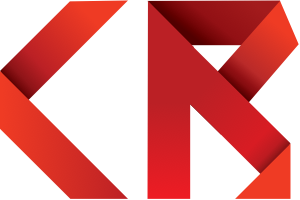The Health Cloud: Key Infrastructure for Digital Transformation
The importance of cloud computing for the next phase of digitally-enabled healthcare
Disclosure: This research brief was produced with support from Innovaccer given our shared interests in educating users about these important nuances of cloud deployments. You can be confident that even when producing sponsored content, our objectivity in presenting the materials is fundamental to our credibility and mission, so these are developed to be educational, never promotional.
The use of digital tools in healthcare grew rapidly during the COVID-19 pandemic. Most healthcare enterprises are now thinking more strategically about their digital transformation. Only cloud computing provides the agility, scalability, and innovation capabilities to successfully transition an organization to a digital future.
Cloud computing has grown explosively in the last ten years as enterprises seek its benefits: faster time-to-market, simplified innovation, easier scalability, and reduced risk. More recently, healthcare enterprises have begun to rapidly adopt cloud computing for the same reasons. Forward-thinking healthcare leaders see cloud computing as not just an engine for revenue growth and efficiency gains but as the primary way to capitalize on opportunities in digital healthcare.
Despite this growing interest, many healthcare leaders have questions about what cloud computing is, when to use it, and what advantages it has compared to conventional IT.
This research brief will frame the issues involved in deciding when and how to adopt cloud computing to dispel some of the confusion that exists. It can help healthcare enterprises understand what a cloud vendor can or cannot do for organizations having different skills and people resources available to work on digital transformation efforts. It will also help set some reasonable expectations for selecting and working with a cloud vendor.
Key Themes Discussed:
- Cloud computing and the different models for deployment - IaaS, SaaS, and PaaS
- The key cloud capabilities necessary for digital transformation in healthcare
- Healthcare cloud PaaS and its benefits
For more market perspectives from our team, take a look at some of the related content below:
- Integration Infrastructure: Building 21st Century Health IT
Market Trends Report from Brian Murphy | Pressure has long been building towards streamlining the flow of data between provider, payer, and patient. Driven by both market and regulatory forces, the movement towards better data availability will increasingly rely on APIs and other services to provide this connectivity. Learn more about this research here. - The Golden Opportunity for Clinical Data
Video from John Moore | In this Hot Take, we’re going to look at the implications and possibilities of an emerging market for clinical health care data. While healthcare data being for sale is nothing new, the idea of this type of detailed, computable patient data being available for purchase for the first time has ignited debate in the industry. - SDoH, Data Standards, and Innovation for Unstructured SDoH Data
Post from Jody Ranck | A fundamental component of making SDoH strategies more effective rests on the development and use of standards for SDoH data that can facilitate data computability and sharing. Recent efforts by the ONC on the standards front, as well as some innovative approaches utilizing NLP to unlock value from unstructured data in EHRs relevant to SDoH interventions, are on the horizon.

